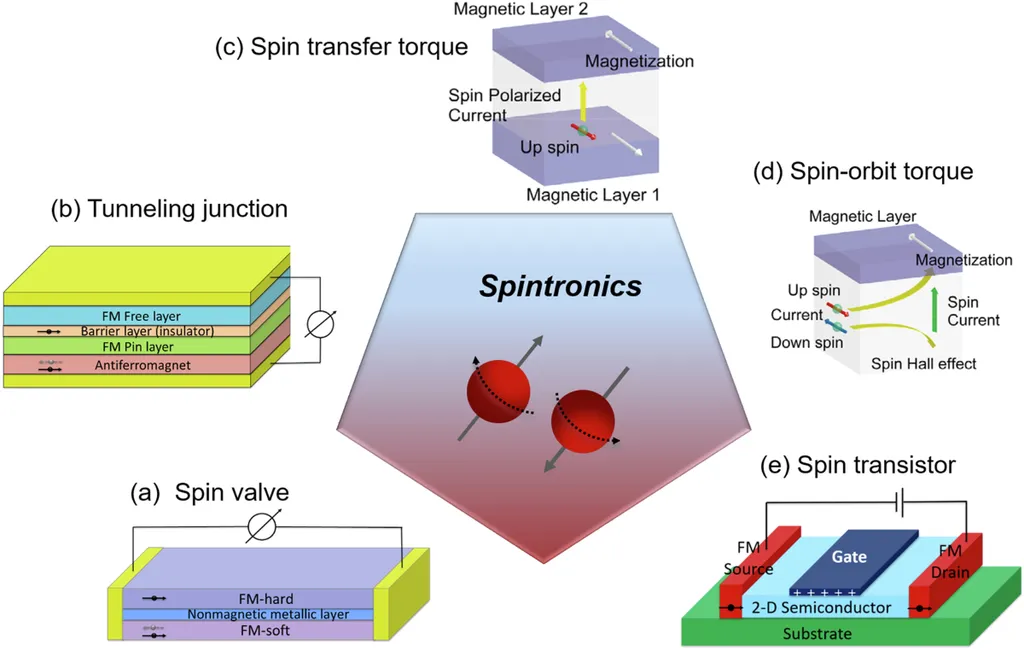In the realm of energy-efficient technologies, a team of researchers from the University of Buffalo, the Spanish National Research Council, the University of Barcelona, and the University of Bremen has made significant strides in the emerging field of superconducting spintronics. This interdisciplinary team, including Pablo Tuero, César González-Ruano, Igor Žutić, Yuan Lu, Coriolan Tiusan, and Farkhad G. Aliev, has published their findings in the journal Nature Physics, offering promising insights for the energy sector.
Superconducting spintronics combines the principles of magnetism and superconductivity to create energy-efficient devices that operate at cryogenic temperatures. One of the key advancements in this field is the generation of equal-spin triplet Cooper pairs in hybrid structures that combine superconductors and ferromagnets. These structures enable long-range spin-polarized supercurrents and allow magnetic control over superconducting quantum states, paving the way for innovative energy-efficient technologies.
Traditionally, superconducting spintronic devices have relied on direct interfaces between superconductors and ferromagnets. However, the researchers discovered that an insulating barrier, specifically a thin spin- and orbit-filtering barrier, can actually enhance the performance of these devices. This barrier, made of crystalline MgO, selectively allows specific electronic states to tunnel through, a mechanism known as symmetry filtering. This process is crucial for high-performance spintronic devices, including magnetic random access memories, magnetic sensors, and spin-light emitting diodes.
The researchers found that symmetry filtering plays a significant role in enhancing giant tunneling magnetoresistance (TMR). This enhancement occurs because the barrier selectively transmits specific electronic states between the superconductor vanadium (V) and the ferromagnet iron (Fe). Additionally, interfacial spin-orbit coupling (SOC) enables symmetry mixing, allowing for the interaction between ferromagnetic and superconducting orderings through the MgO barrier. This mutual interaction, mediated by interfacial SOC, facilitates the conversion of spin-singlet to spin-triplet Cooper pairs.
The insights provided by this research are invaluable for designing SOC-based superconductor-ferromagnet hybrid structures. These structures hold great potential for advancing superconducting spintronic functionalities, which could lead to more energy-efficient and powerful devices in the energy sector. The practical applications of this research could include more efficient energy storage systems, advanced sensors for energy monitoring, and innovative magnetic memory devices for energy management systems.
In summary, the work of Tuero, González-Ruano, Žutić, Lu, Tiusan, and Aliev represents a significant step forward in the field of superconducting spintronics. Their findings challenge conventional assumptions and open up new possibilities for the development of energy-efficient technologies. As the energy sector continues to seek innovative solutions for sustainable and efficient energy use, the advancements in superconducting spintronics offer promising avenues for exploration and application.
This article is based on research available at arXiv.

